
Posted on 08/05/2015 5:08:06 AM PDT by Homer_J_Simpson



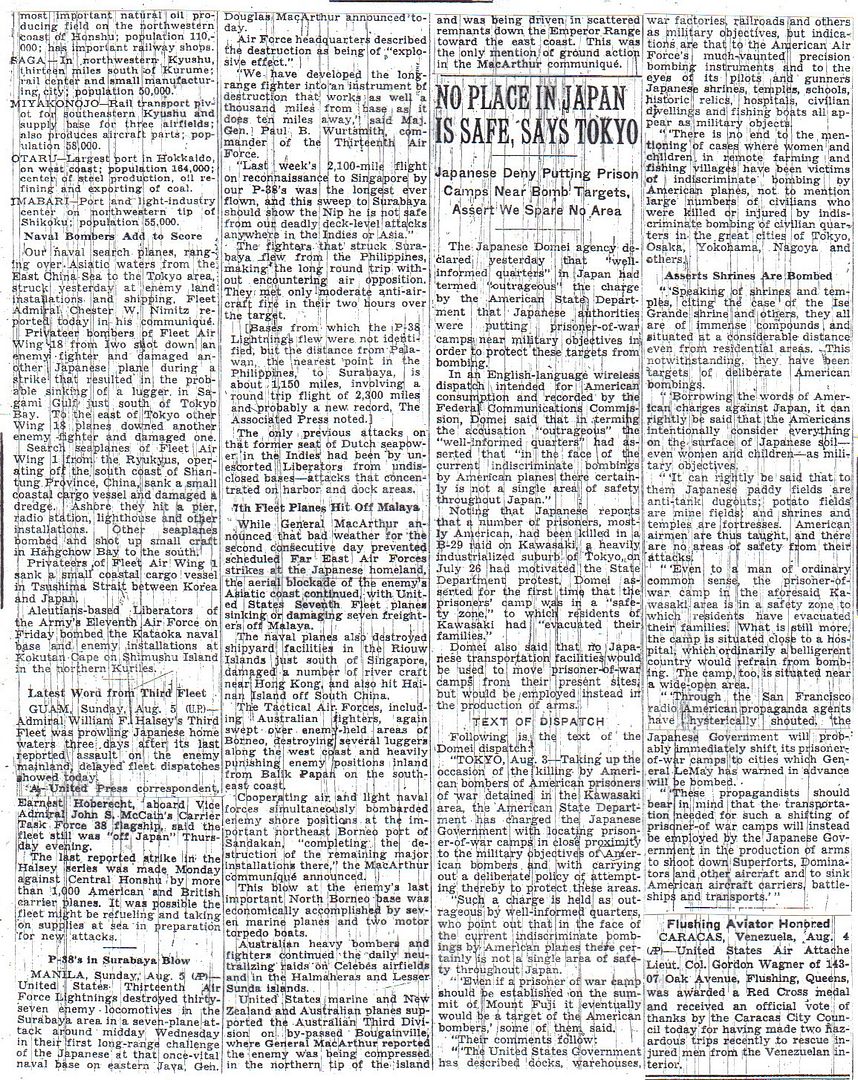
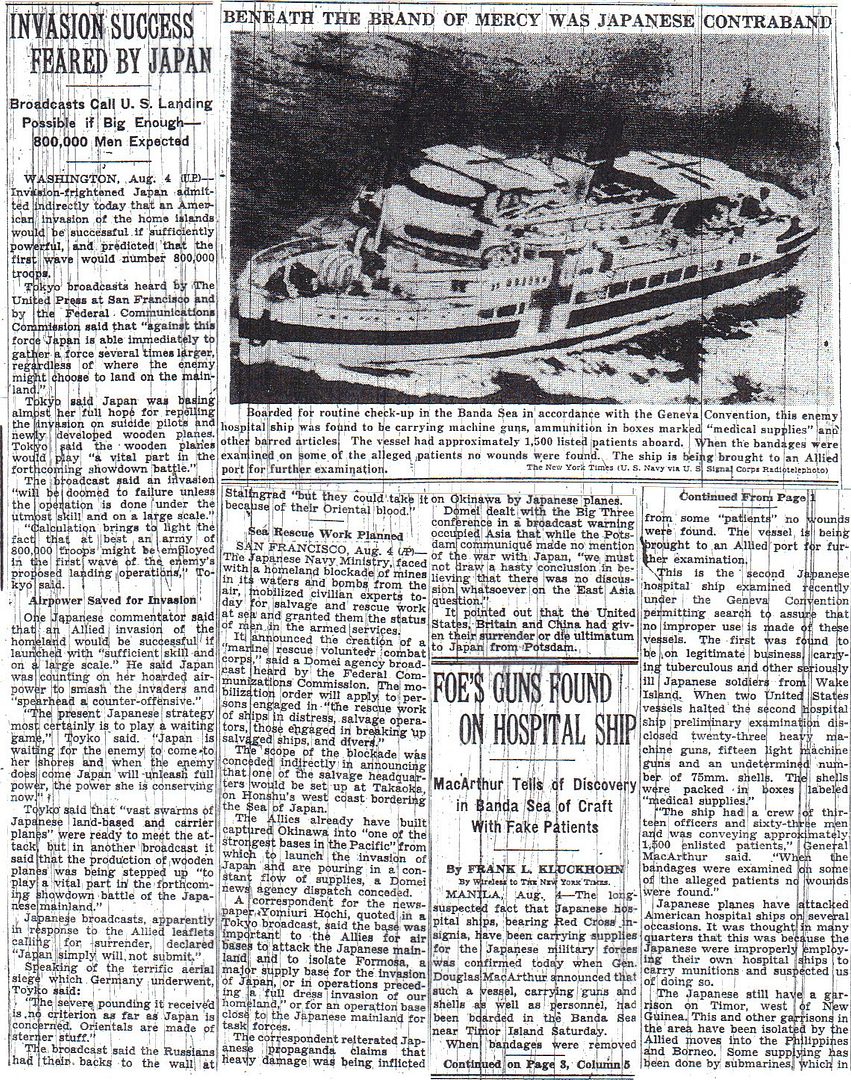


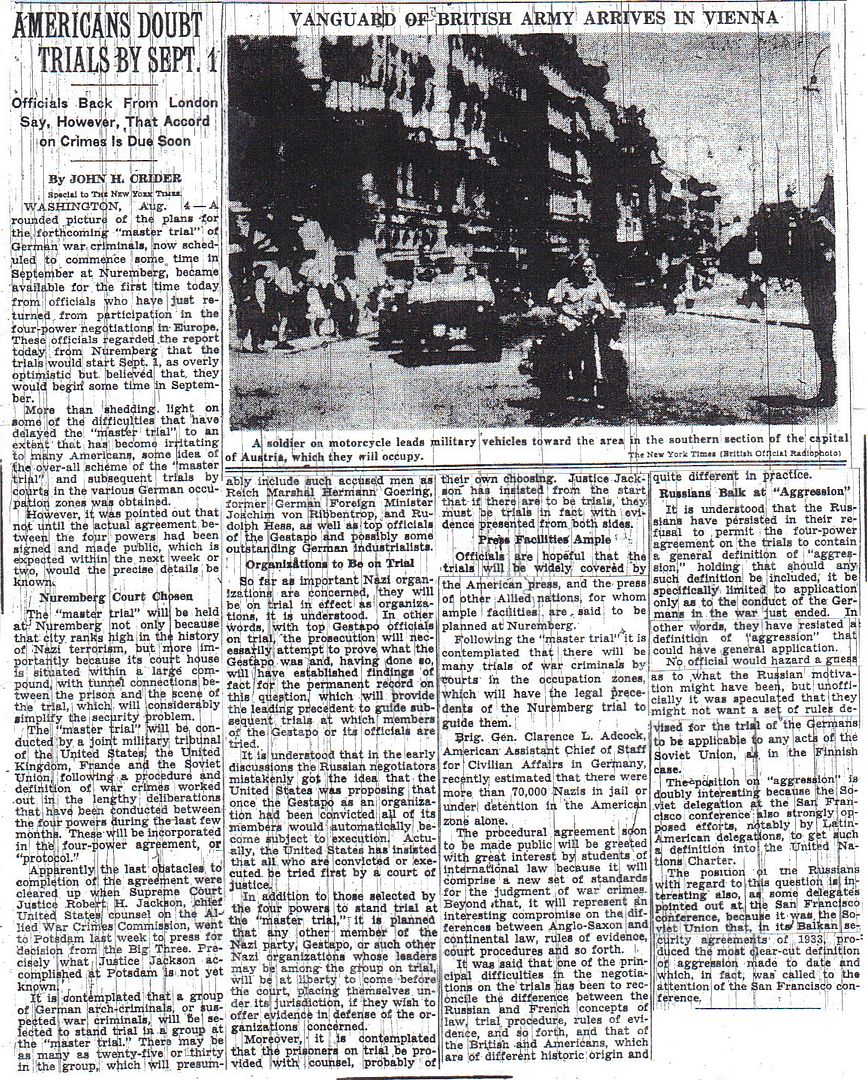
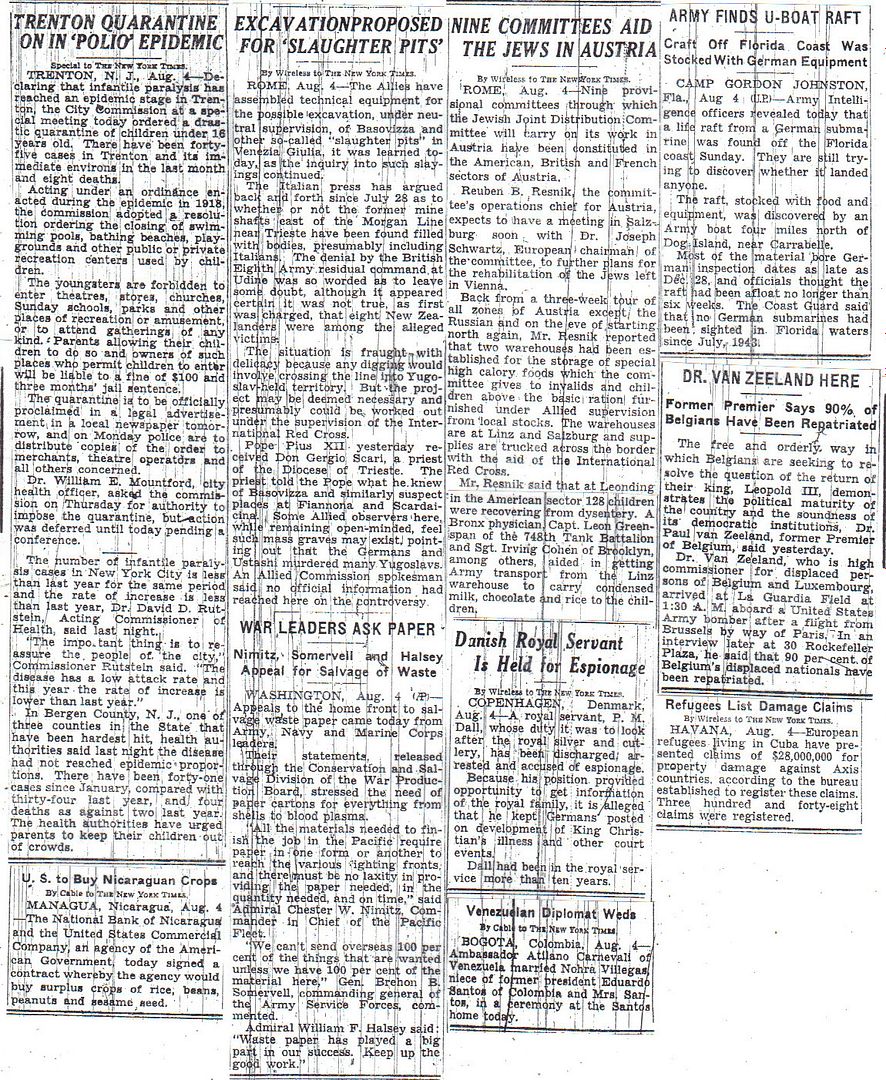
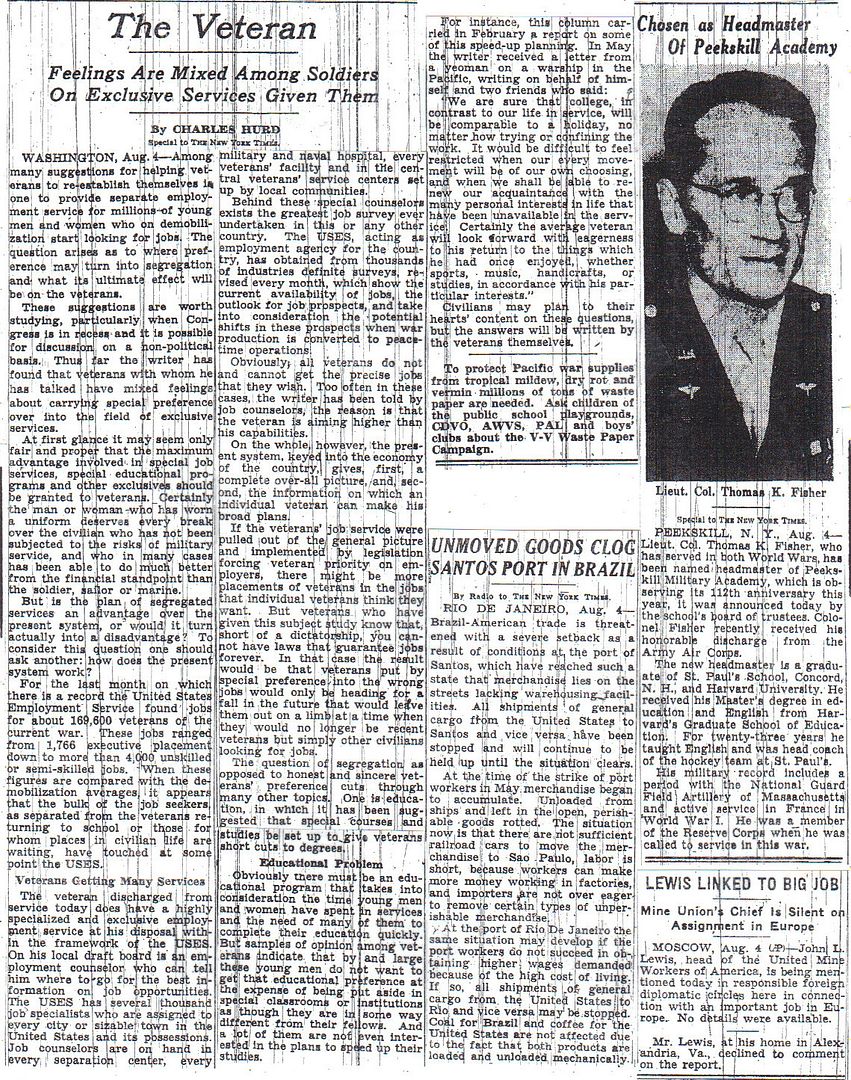
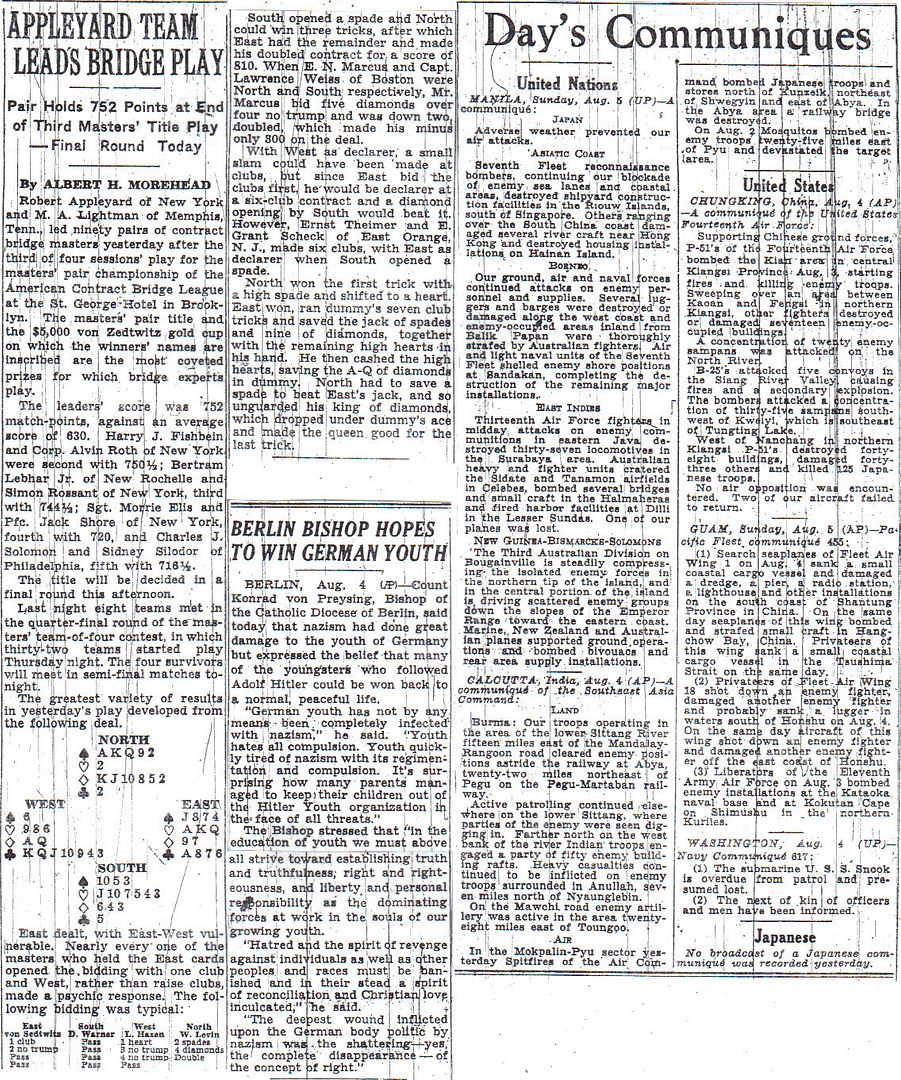
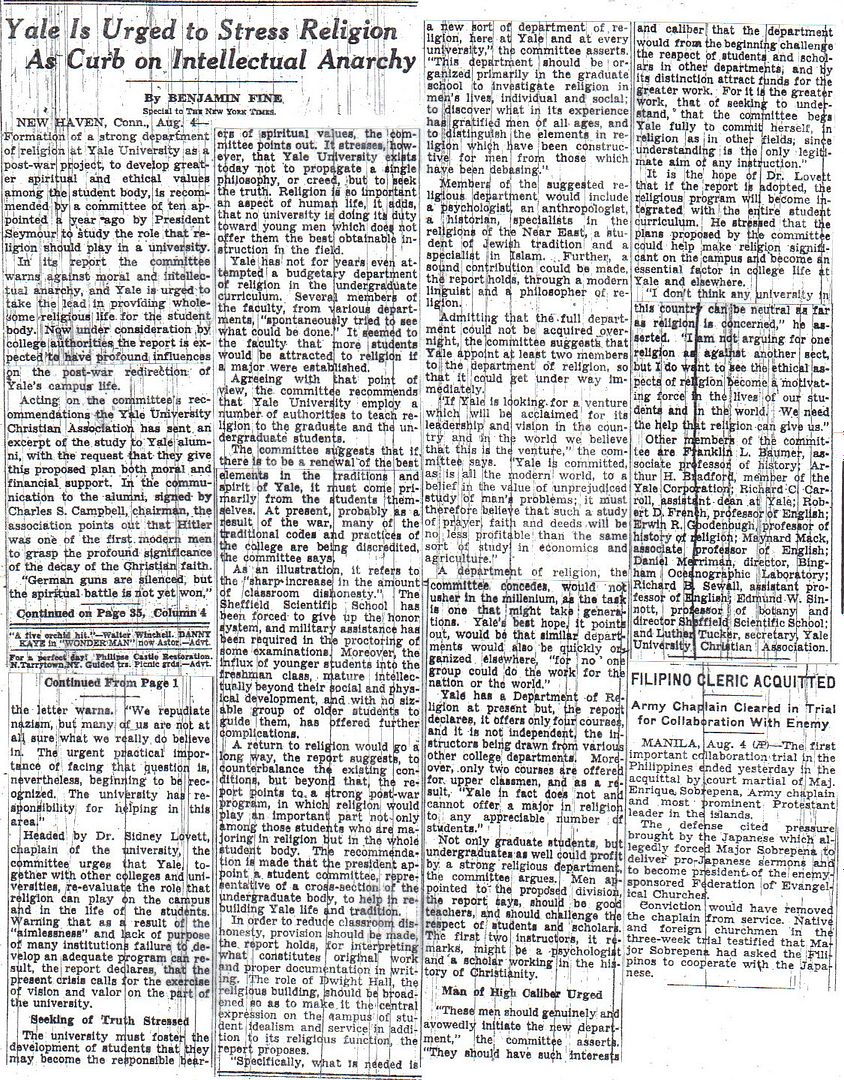
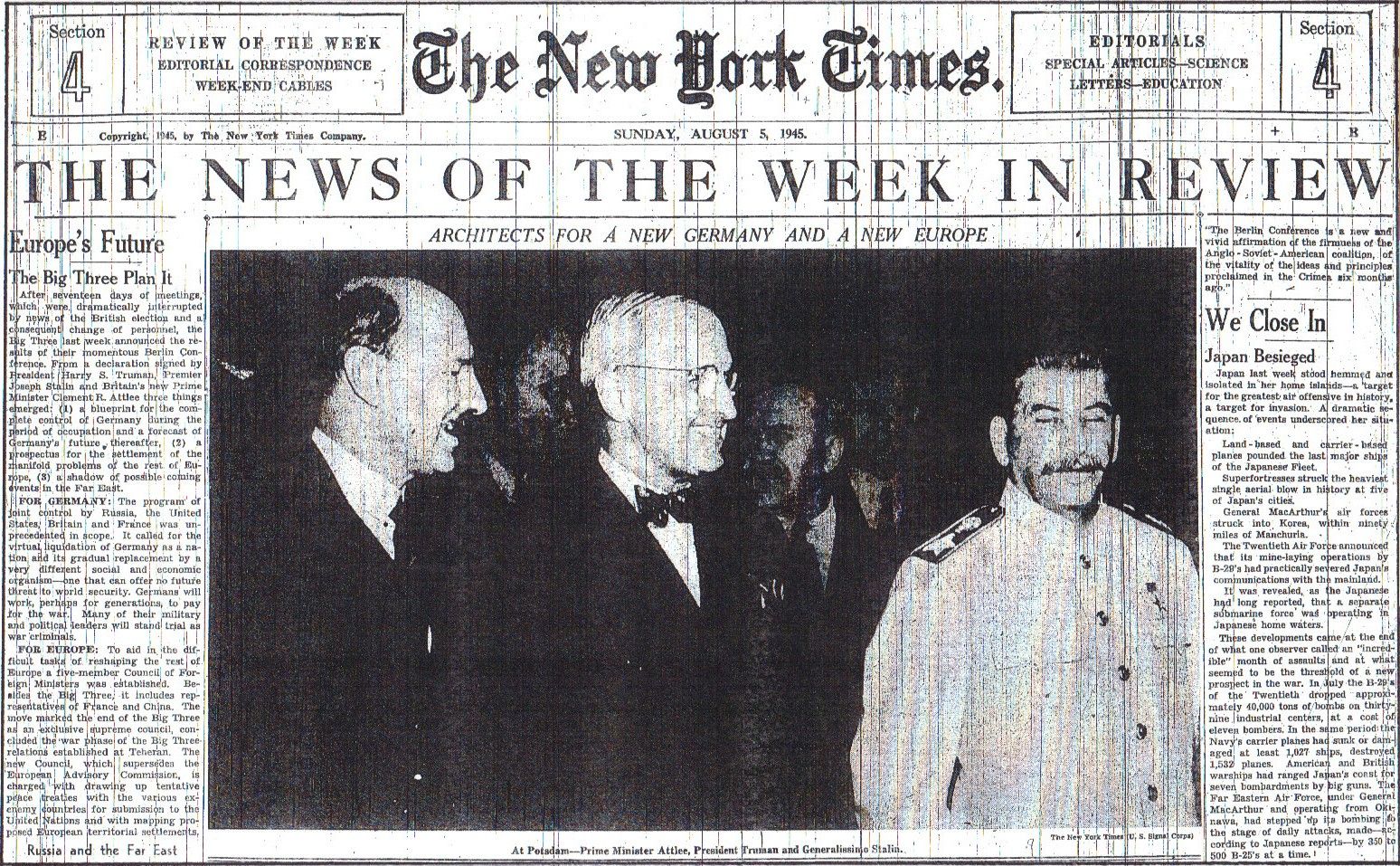
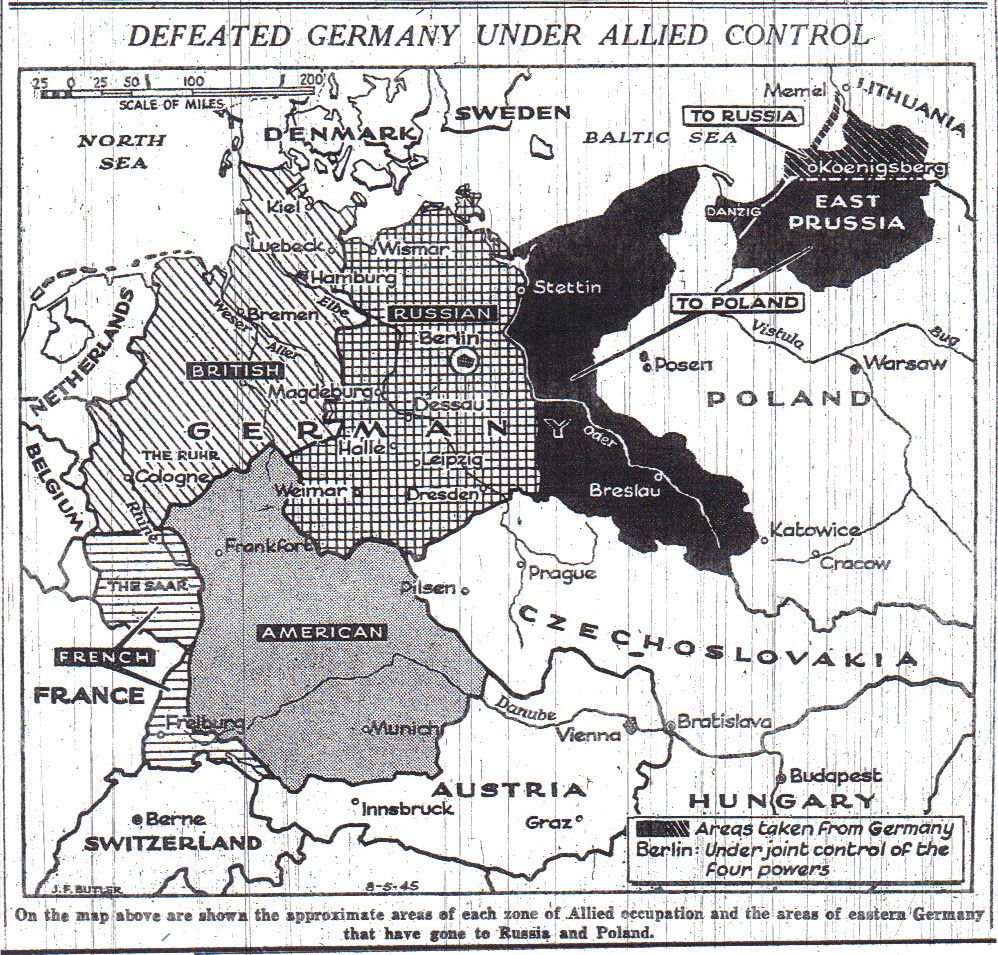


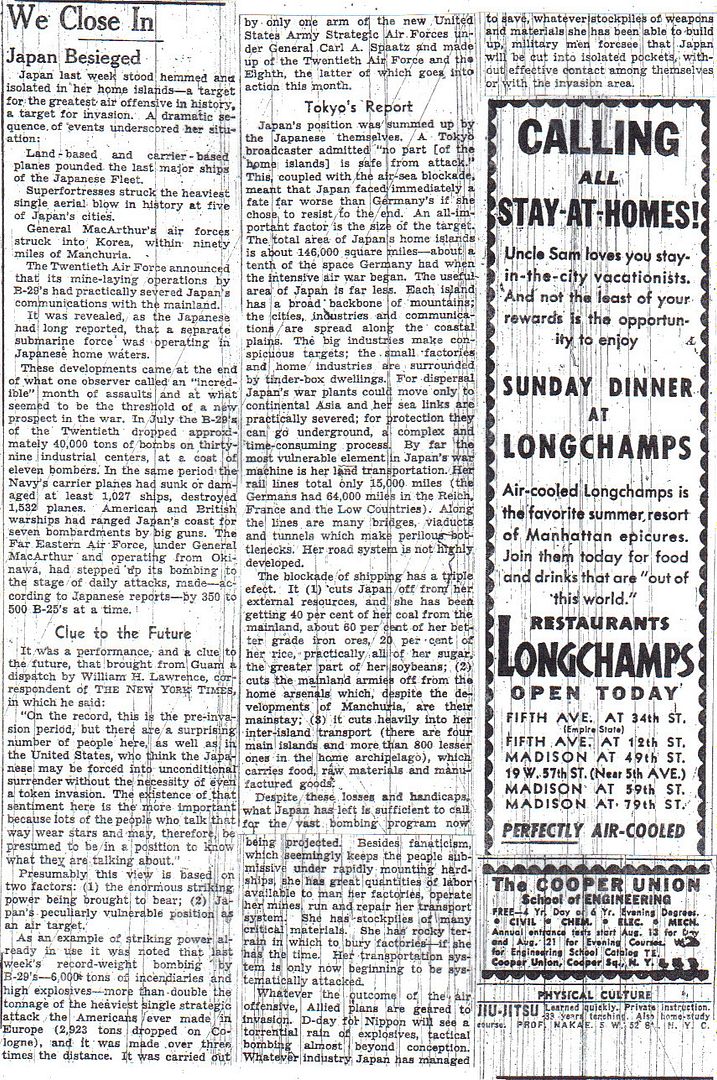
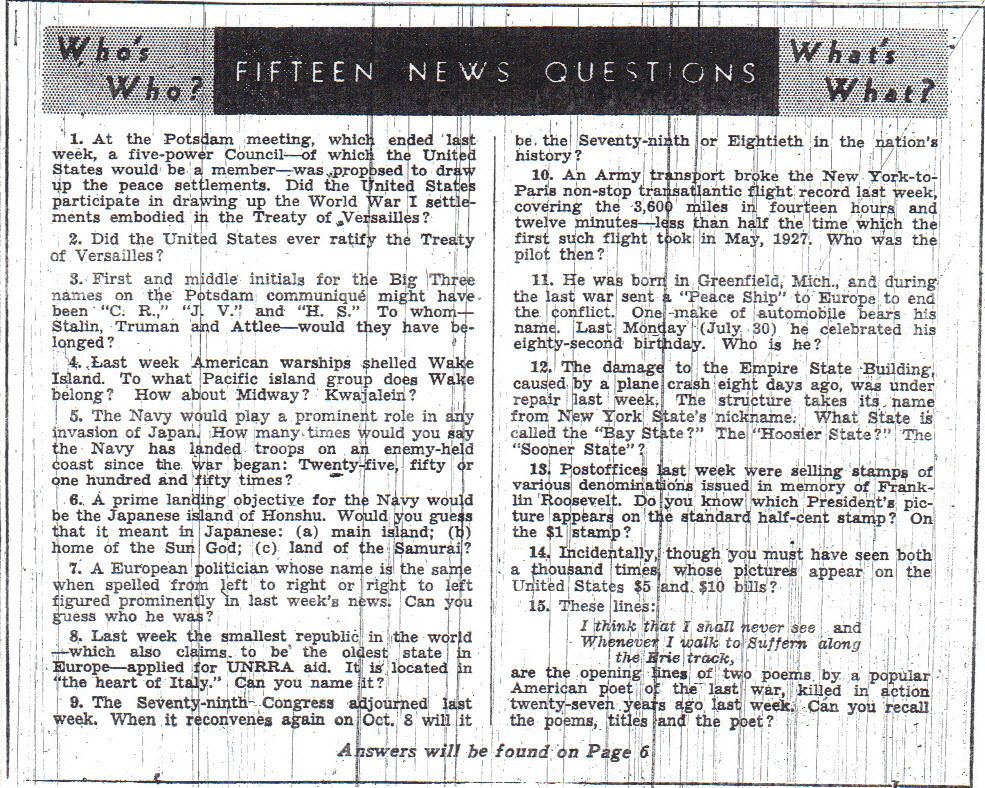
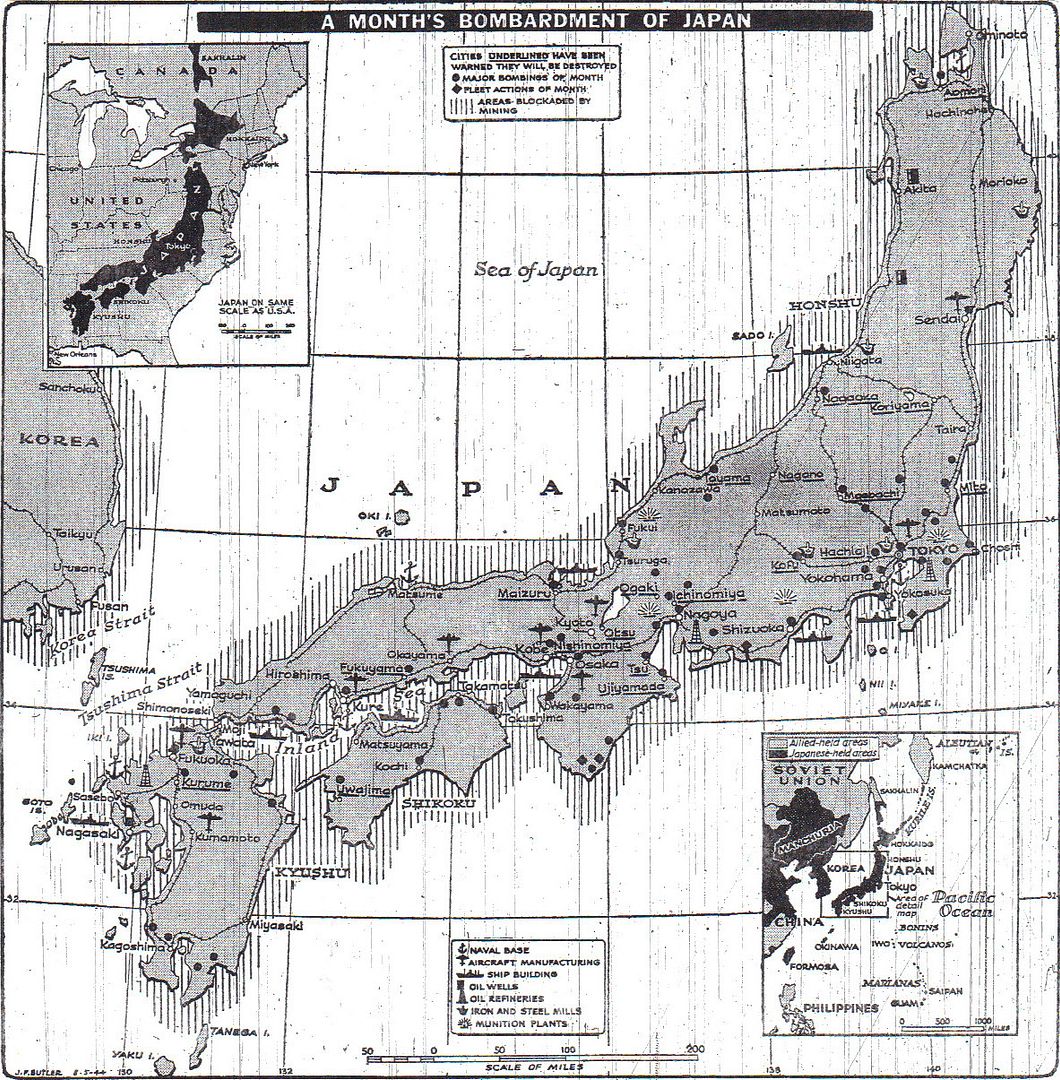
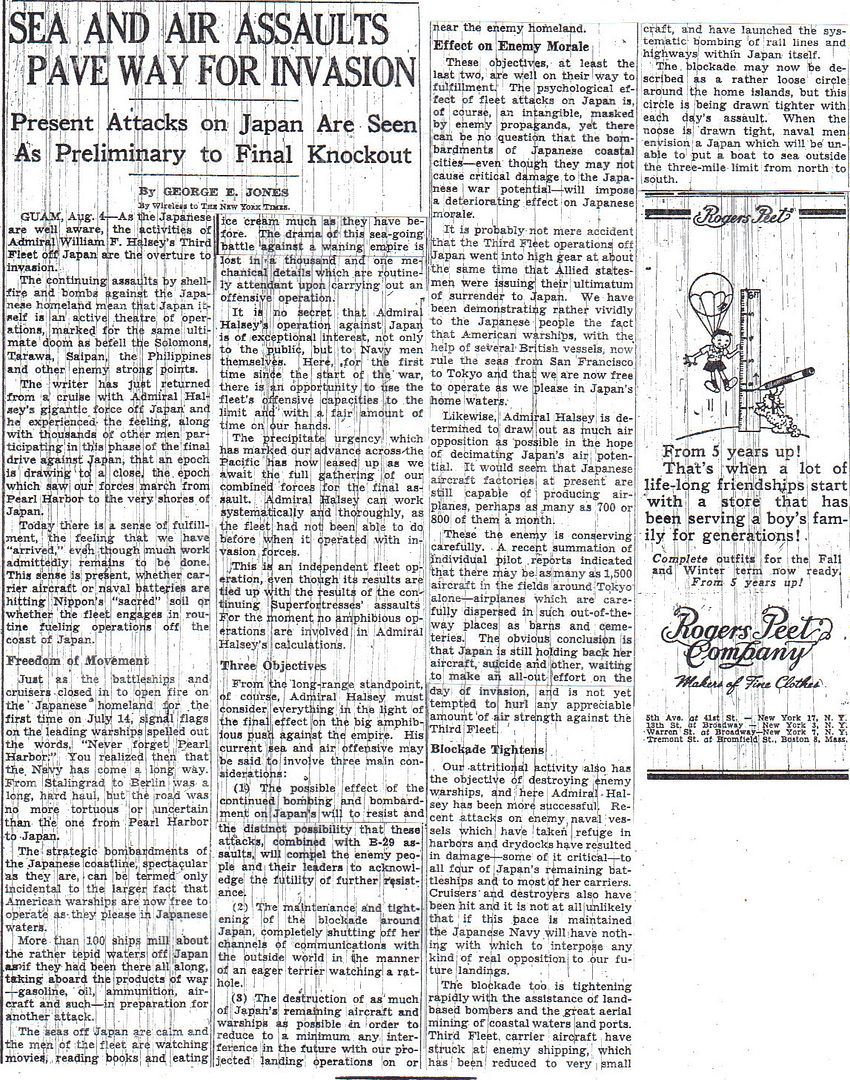
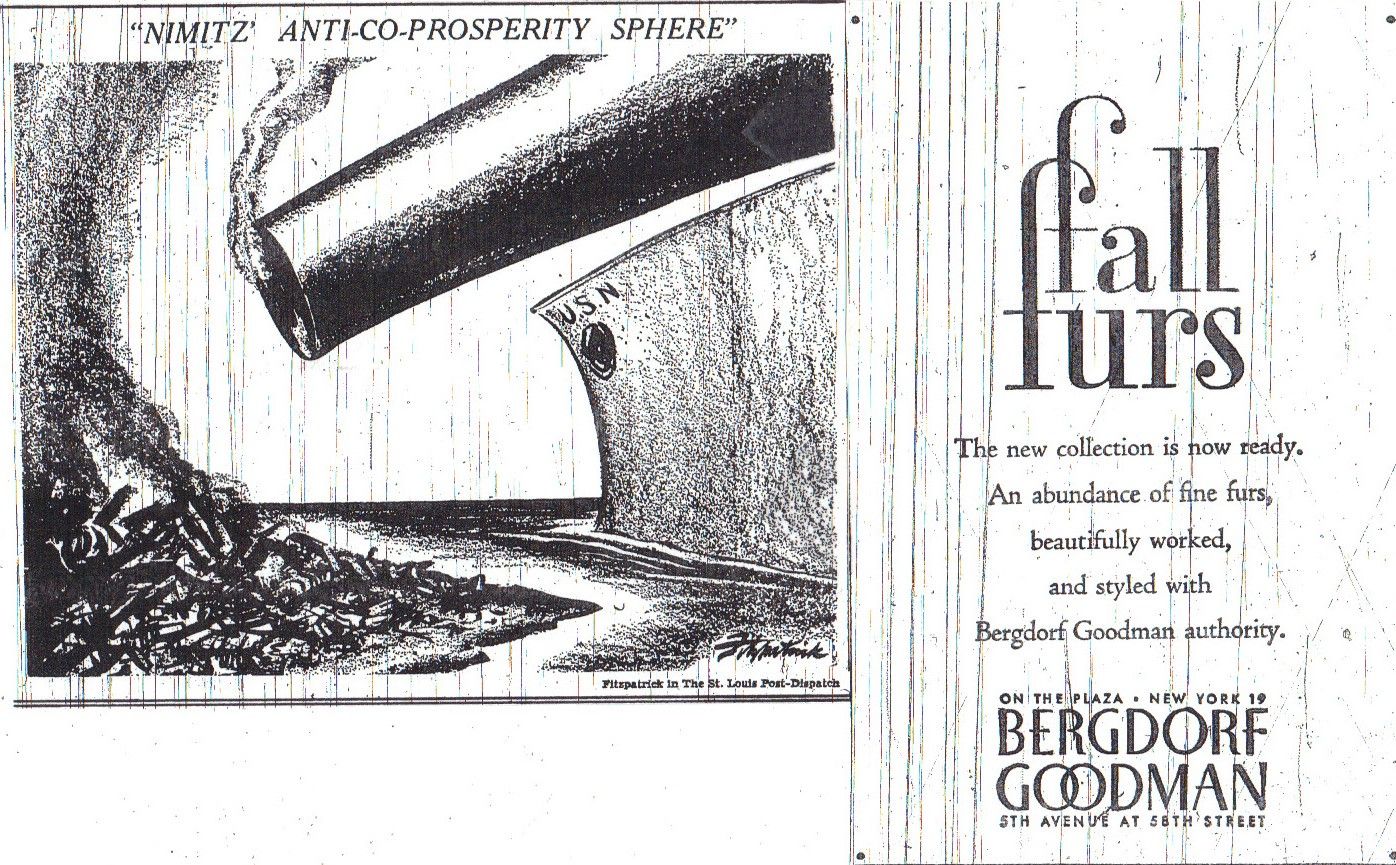
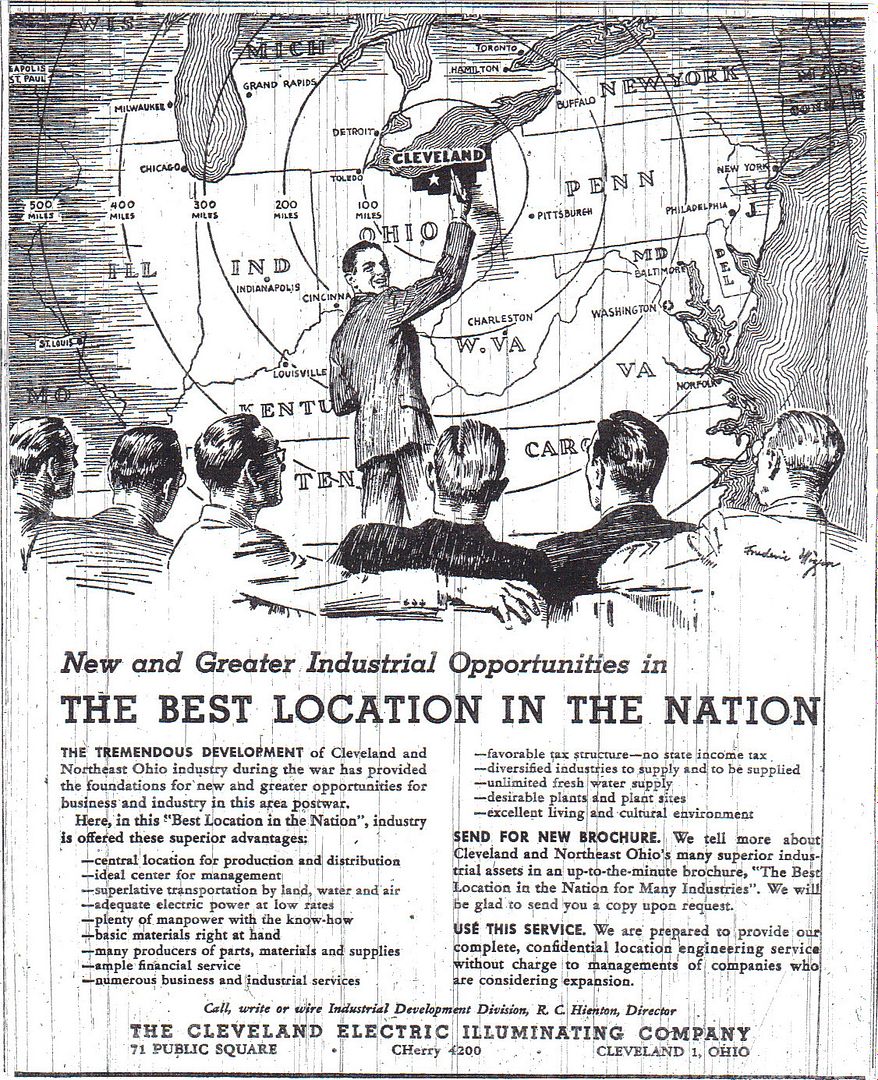
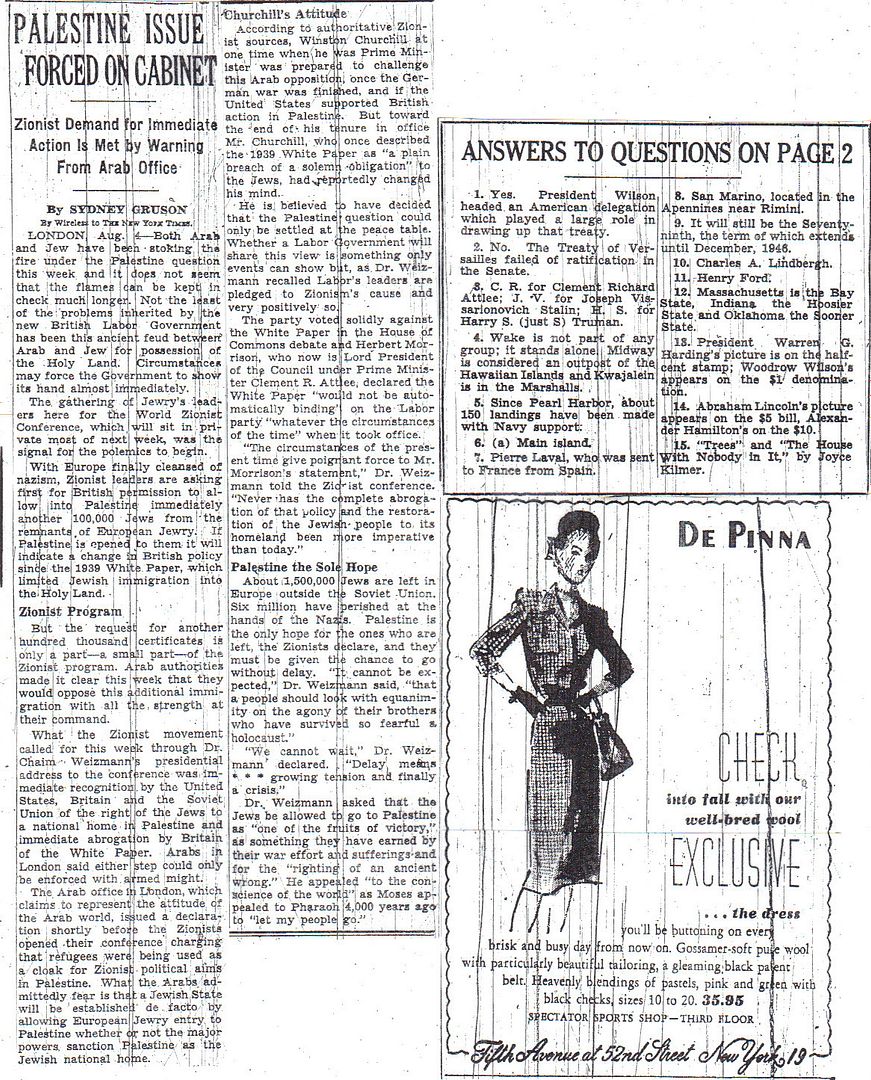
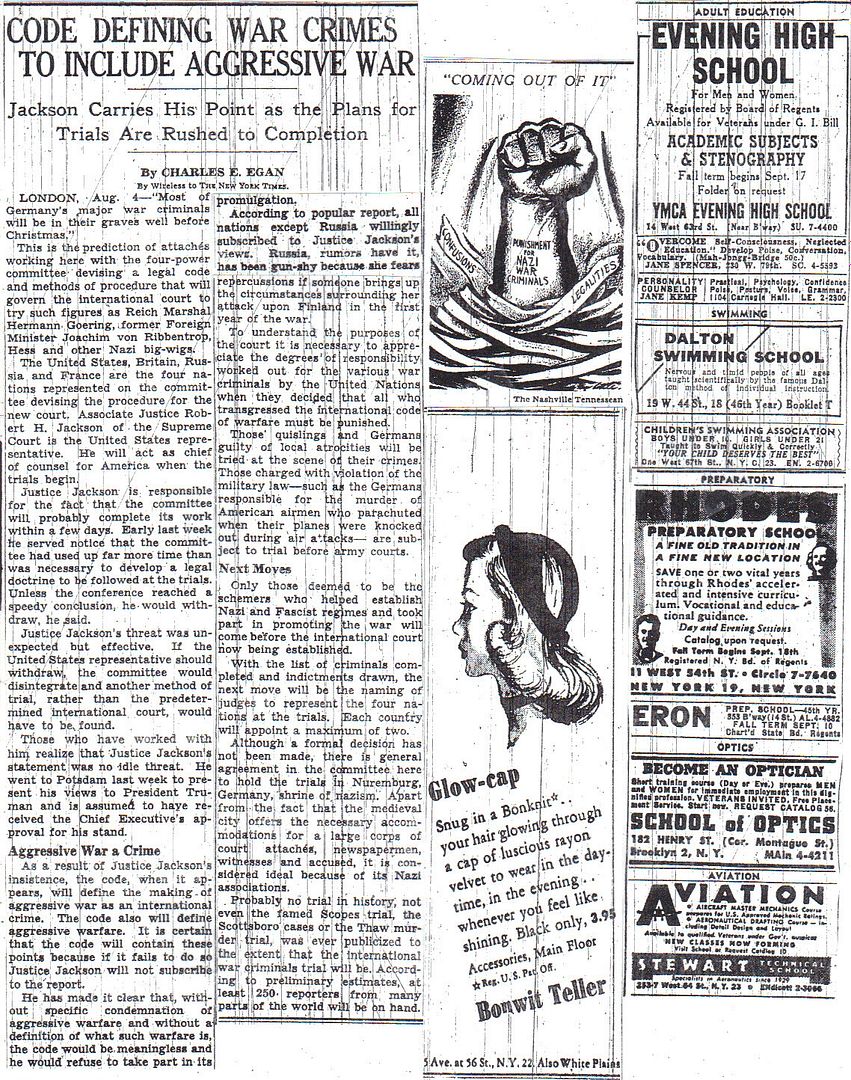
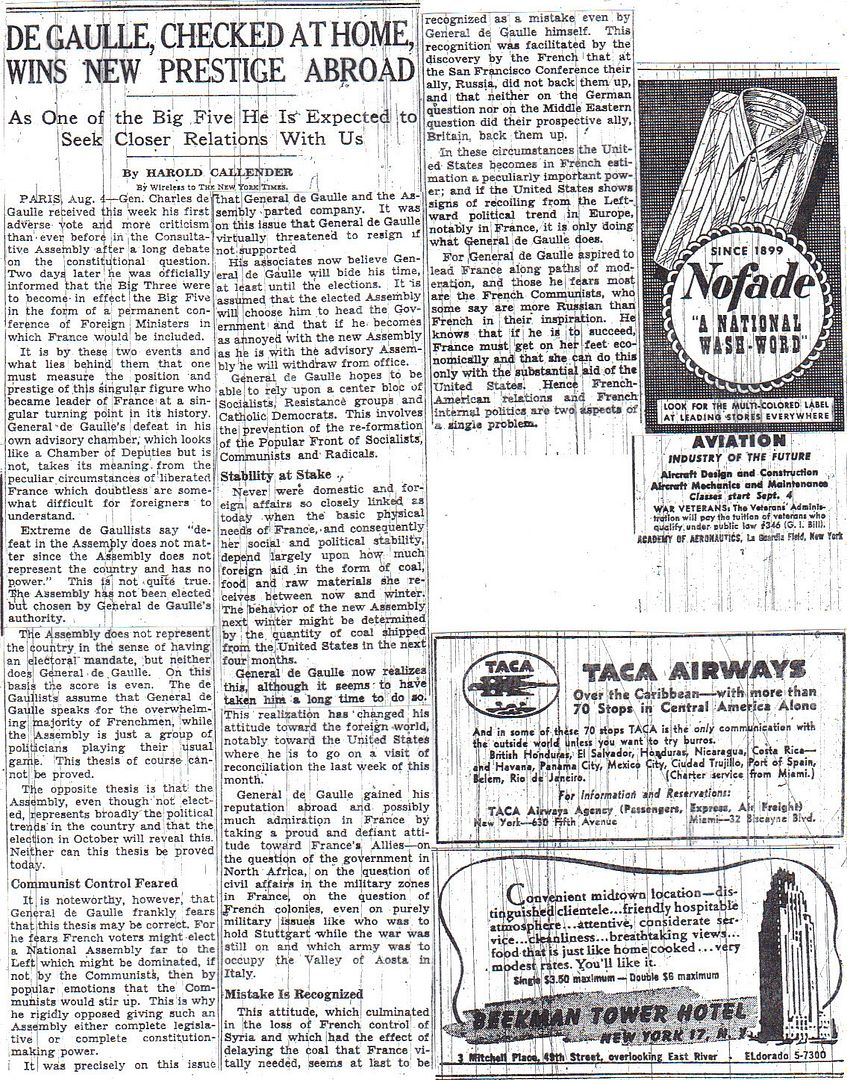
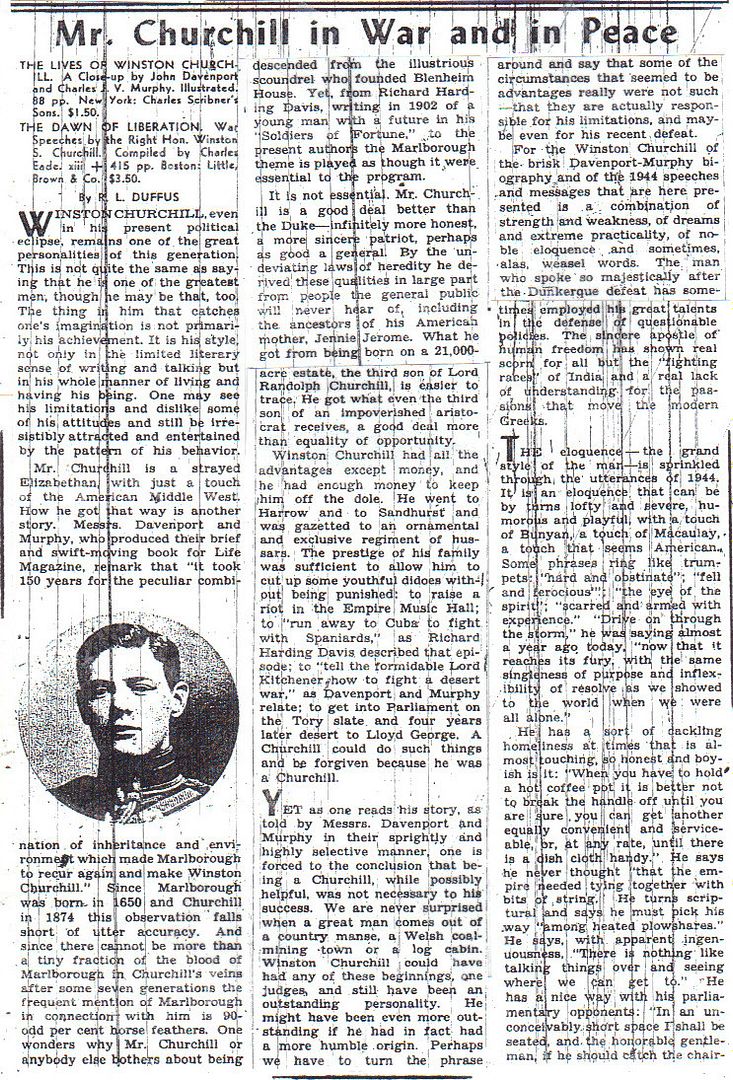
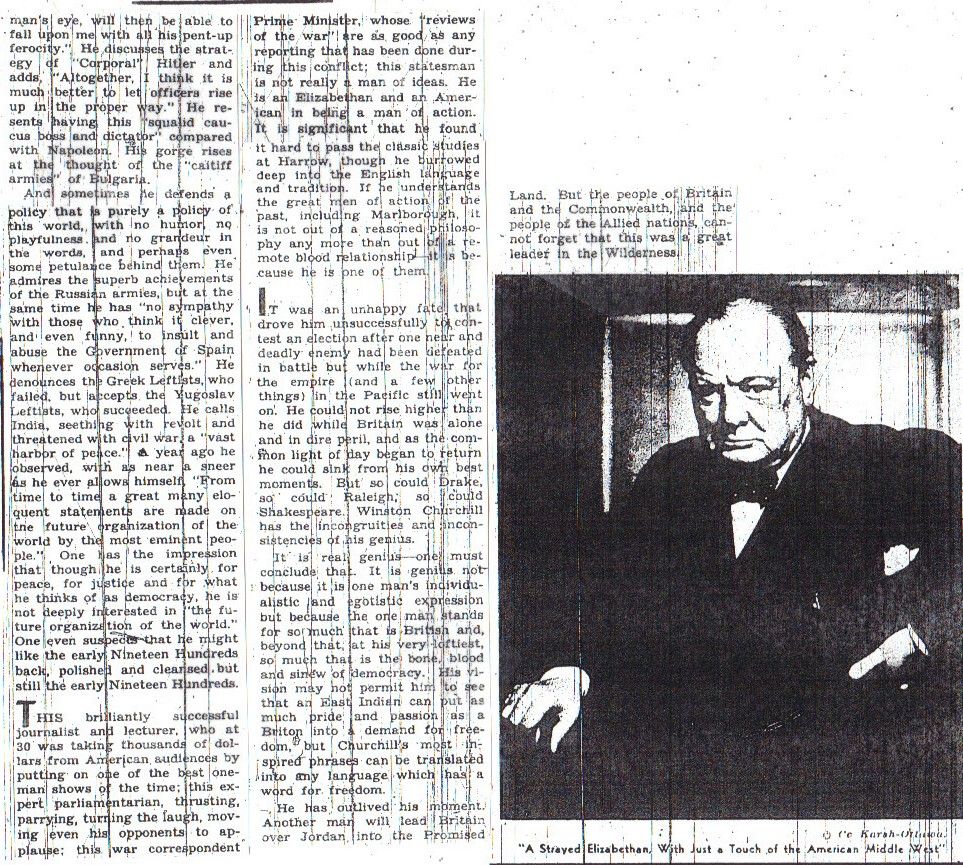
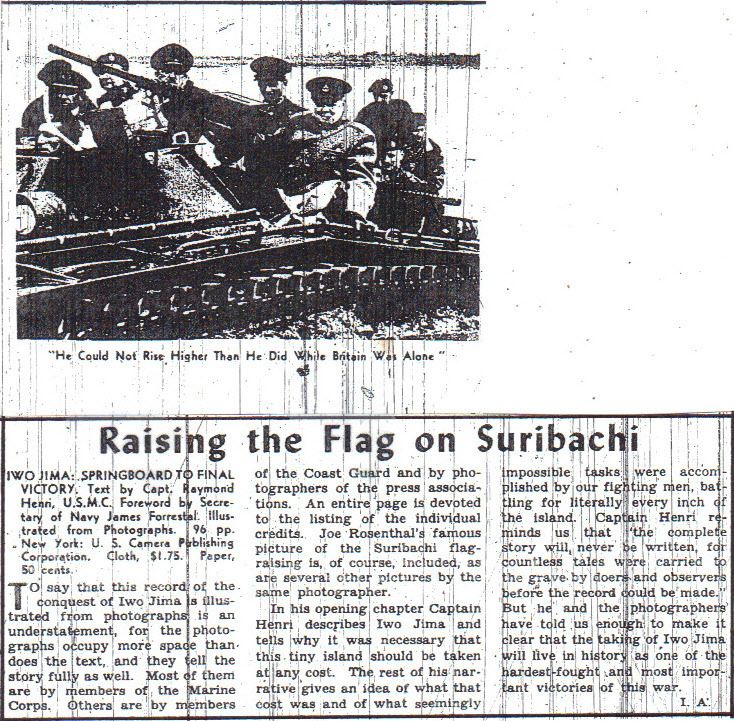

Submarine Snook
SNOOK was lost while conducting her ninth war patrol. She formed a “Wolf Pack” with BURRFISH (SS 312) and BANG (SS 385), under the tactical command of CDR WALLING, Commanding Officer of SNOOK. Known as “Walling’s Whalers,” the Wolf Pack left Guam on 25 March, 1945 with orders to patrol Luzon Strait, the South China Coast and waters along the east coast of Hainan. The submarines were also to perform lifeguard duties for Philippine based planes as directed by radio dispatch. SNOOK returned to Guam for emergency repairs on 27-28 March, 1945, then rejoined her group. She sent daily weather reports as she headed westward until 1 April when she was directed to discontinue the practice. On that day she was ordered to join a wolf pack known as “Hiram’s Hecklers” under CDR Hiram CASSEDY in TIGRONE (SS 419). “Walling’s Whalers” had been disbanded when BANG and BURRFISH were assigned lifeguard missions. On 8 April, 1945 SNOOK reported her position to TIGRONE as 180o 40’ N, 111o 39’ E. She did not acknowledge messages sent from TIGRONE the next day and it was assumed that SNOOK had moved eastward toward Luzon Strait. On 12 April SNOOK was ordered to take lifeguard station in the vicinity of Sakeshima Gunto in support of a British Carrier air strike. On 20 April, 1945 the British carrier task force commander reported one of his carrier planes downed in the station assigned to SNOOK and stated he was unable to contact her by radio. BANG was dispatched to the area where she rescued three British aviators but saw no sign of SNOOK.
SNOOK was never heard from again and the circumstances of her loss were never determined. Japanese records of anti-submarine attacks do not account for her sinking and she had been fully informed of the location of minefields in the Sakeshima Gunto area. It is possible that she was the victim of a Japanese submarine. Five Japanese submarines were lost in waters of the Nansei Shoto during April and May of 1945; one of these may have sunk SNOOK before its own sinking by United States warships.
New Russian Helicopter does 100mph
http://www.aviastar.org/helicopters_eng/brat_omega.php
Omega II / G-2
Also sometimes called G-2 (helicopter 2), this was the original design with superior engines in streamlined pods with fan-assisted cooling. Drive ratio 0.32. Rotor masts and outriggers stiffened, and dymamic parts (cliutches and gearboxes) redesigned for long life. Test flown by Ponomaryov Sept 1944 with good results. Damaged Jan 1945, repaired and improved (drive ratio 0.283) and used again from July 1945, by this time for research and pilot training. With chief engineer D.T.Matsitskii as observer, gained height of 3km. Demonstrated in Tushino by M.K.Baikalov Aug 1946.
I think it probably took weeks or even months. Japan was in ruins and communication was very minimal.
After no immediate response from Japan following Hiroshima and Nagasaki, there was a third nuke (last one we had at the time) en route to Tinian. Then the emperor spoke.
I wonder how long it took for any real understanding of what had hit Hiroshima to permeate the consciousness of the Japanese people as a whole.
Some interesting insight here, encourage reading in its entirety:
http://www.mconway.net/page1/page15/files/Shock%20of%20Atomic%20Bomb.pdf
On August 7 a San Francisco broadcast carried the announcement by President Truman that the United States had
dropped an atomic bomb on Hiroshima. As soon as Foreign
Minister Togo learned of this through the Foreign Ministry’s
short-wave receiver, he tried to get the facts from the army ministry.
(Aerial bombings were a purely military matter, and the
heads of the armed services exercised sole jurisdiction over reports
of air-raid damages.) The army denied that there was any
atomic bombing, maintaining that “although the United States
claims it to be an atomic bomb, it actually appears to be a conventional
bomb with extraordinary destructive power.
Togo recognized the possibility that the United States had
exaggerated the bomb for propaganda purposes, he was impressed
that American radio broadcasting was “rampant” and
“massive.” He probably recalled that the Potsdam Declaration
of July 26, 1945, had threatened Japan with “prompt and utter
destruction.” Galvanized by a sense of urgency, he took the initiative
in convening an emergency meeting of key cabinet ministers
on the afternoon of August 7.37
In an audience with Emperor Hirohito
at 1:30, Kido noted how worried the emperor was. Hirohito, a
scientist specializing in marine biology, was quick to grasp the
destructive power of the atomic bomb. The emperor peppered
Kido with questions about the bomb.40 He had been apprised
by court attendants of the Hiroshima bomb on the afternoon
of August 6 and was informed the following morning that it
was an atomic bomb. He demanded more details from the government
and the army about the devastation of Hiroshima and
was “strongly displeased” that he was not getting enough
information.41
According to Kido’s postwar recollections, Hirohito told
him: “Now that things have come to this impasse, we must bow
to the inevitable. No matter what happens to my safety, we
should lose no time in ending the war so as not to have another
tragedy like this.”42A fter Kido departed, Hirohito asked his military
aide-de-camp almost every hour about the extent of the
damage in Hiroshima.43
The first to take concrete action to terminate the war was
Foreign Minister Togo, a dour-faced, outspoken, and resolute
man. On the morning of August 8, with Suzuki’s approval,
Togo took it upon himself to visit the Imperial Palace and make
a direct appeal to the emperor in his underground air-raid shelter.
According to his postwar account (in September 1945),
Togo reported in detail that American and British broadcasts
were “most enthusiastically” repeating news of the atomic
bomb. Characteristically, he invoked the enemy’s broadcast to
buttress his case for a prompt surrender. “The atomic bomb,”
40.
From the same source:
What the peace party had been worrying about most was
how many more A-bombs the United States had in readiness.
Nonetheless, at the beginning of the Supreme War Council
meeting, “a rather bullish atmosphere” prevailed, as Admiral
Toyoda Soemu, Chief of the Naval General Staff, recalled in his
memoirs. “To be sure, the damage of the atomic bomb is extremely
heavy, but it is questionable whether the United States
will be able to use more bombs in rapid succession.”56A lthough
the proceedings of the council meeting do not exist, it appears
that Army Minister Anami indulged in wishful thinking when
he said that the bomb dropped on Hiroshima was the only
atomic bomb the United States possessed.
At precisely this moment, just before 1:00 p.m., news
reached the meeting that a second atomic bomb had been
dropped on Nagasaki.
........
On the other hand, from the standpoint of its shock effect,
the political impact of the Nagasaki bomb cannot be denied.
Army Minister Anami’s wishful thinking was shattered; if
two bombs were available, then maybe there were three or even
four.58 In fact, rumor had it that Tokyo would be atomicbombed
on August 12 and that many more cities would be incinerated.
The Nagasaki bomb, which instantly killed
approximately 35,000 to 40,000 people, was unnecessary to
induce Japan to surrender, but it probably had confirmatory
effects.59
Speaking with emotion but in a quiet tone of
voice, Hirohito said he agreed with Togo, ruling that the Potsdam
terms be accepted. “Especially since the appearance of the
atomic bomb,” he said, continuation of war spelled needless
suffering for his subjects and Japan’s ruin as a nation. He reprimanded
the army and pointed out the discrepancy between
its promise and performance, referring to the army’s failure to
complete defense preparations for the Kujukuri coastal plain,
a key point to repel an American invasion of the Kanto (Tokyo)
Plain. Thus at 2:30 a.m. on August 10, the “sacred decision” was
made to accept the Potsdam terms on one condition: Perrogative of His Majesty as a Sovereign Ruler.”68
And this bit is interesting:
After the
war Suzuki recalled: “The atomic bomb provided an additional
reason for surrender as well as an extremely favorable opportunity
to commence peace talks. I believed such an opportunity
could not be afforded by B-29 bombings alone.”47 The hitherto
vacillating and sphinx-like Suzuki had finally made up his
mind. It is important to note that Suzuki did so beforeh e was informed
of the Soviet entry into the war early on the following
day.48 Sakomizu also felt that “the army will admit that now that
the atomic bomb has come into existence, it precludes war between
a nation that possesses the atomic bomb and one that
does not.”49 However, the army was not to be so easily swayed.
Excellent posts. Thanks.
And more. Interesting that under the situation, negotiation was still in their minds. But Canceling the invasion might have been something of value to us?. Note the last paragraph, it could have gone the other way, A REAL POSSIBILITY.
The Supreme War Council failed to break the three-tothree
deadlock. Suzuki, Togo, and Yonai insisted on terminating
the war on the sole condition concerning the emperor
system, while Anami, Umezu, and Toyoda called for a decisive
homeland battle unless the United States accepted the three
additional conditions as well.
......
Anami fiercely opposed Togo and Suzuki.
In fact, Anami’s utterances became almost irrational. As recalled
by those who attended the meetings, Anami declared:
“The appearance of the atomic bomb does not spell the end of
war....We are confident about a decisive homeland battle
against American forces.” He admitted that “given the atomic
bomb and the Soviet entry, there is no chance of winning on
the basis of mathematical calculation,” but he nevertheless declared
that “there will be some chance as long as we keep on
fighting for the honor of the Yamato race.... If we go on like
this and surrender, the Yamato race would be as good as dead
spiritually.” Such was the mentality of the Japanese military.
Urged by middle-echelon and young officers who were “half
mad,” Anami would not retreat from making the last sacrificial
homeland battle.64
When those things started happening, the Japanese on the spot knew the full horror of nuclear war. As you wrote, news of that took a while to percolate through the country due to the shattered communications system. But word of mouth travels very quickly about something like this. I would guess that by the end of September, most Japanese knew they had been subjected to a new form of warfare. For all the implications to sink in took much longer, though. Even in the United States and the Soviet Union, it took a while for the full impact to sink in. I'll write more about the Soviet reaction in a few days.
As for the leadership, they were in denial about the bomb for a few days. First, the Japanese weren't exactly sure what the bombs were until their own physicists traveled to Hiroshima. The physicists' first reaction upon seeing Hiroshima from the air was they knew it was an atomic bomb. Their second reaction was amazement that we had actually built one. Their third reaction was that we could not possibly have built more than one. Ironically, that was on August 9, the same day Nagasaki was bombed.
The military leadership, when informed by the physicists what had been used, didn't really understand. They were old men and nuclear physics was simply beyond their comprehension. They thought it was just a really big bomb, and ordinary concrete shelters could provide protection. (I wonder if they also thought they could “duck and cover?”)
Anyway, Field Marshal Sugiyama, whose HQ for the Southern Command was in Hiroshima, was the first among the leadership to grasp the significance of atomic warfare. He had been as ardent a hawk as any in the Japanese leadership; a hardliner for continuing the war. After Hiroshima, he didn't have the stomach for it. He knew there was no defense and the bomb was indeed a “new thing,” a game changer in war. He expressed his opinion at a meeting of the High Command, and I believe his change of heart shocked many of his colleagues, and was instrumental in bringing about the change of attitude among the military such that they could accept the Emperor's command to surrender.
Says it best:
The Atomic Bomb as a “Gift from Heaven”
In a postwar interview (in November 1945), Kido explained
the decision to surrender in the following words: “The
feeling that the emperor and I had about the atomic bombing
was that the psychological moment we had long waited for had
finally arrived to resolutely carry out the termination of the
war.... We felt that if we took the occasion and utilized the psychological
shock of the bomb to follow through, we might perhaps
succeed in ending the war” (emphasis mine).71 In the
same interview Kido went so far as to say that the U.S. government,
by using the atomic bomb, actually intended to “assist”
Japan’s peace party:
Whether intended or not, it certainly seems to have worked out that way.
The source of the idea that Japan would have surrendered without the atomic bomb:
After the war Grew maintained that, had his advice been
followed, Japan would have surrendered without the use of
atomic bombs, and Stimson agreed in his memoirs.88 In time
the Grew-Stimson view came to be firmly accepted by some
American and Japanese historians. For example, Sherwin and
Alperovitz argue that the decision to use the bomb “delayedth e
end of war.” They contend that, because of the availability of
the bomb, Washington delayed modification of the unconditional
surrender formula.89 However, as has been noted,
Japan’s military chiefs were intransigent about the “three additional
conditions” even after the two bombs and the Soviet entry
into the war. Most likely there was no missed opportunity for
an earlier peace.
And a rebuttal to those who thought we should have warned the Japanese:
The shock of the bomb was all the greater because it came
as a “surprise attack.” Kawabe later admitted that, although “we
have long worried about the question of Soviet entry, a surprise
attack with this new [atomic] weapon was beyond our wildest
dreams.” Oki Misao, chief secretary of the House of Representatives,
wrote in his diary, “There is nothing we can do about
the appearance of the atomic bomb. That nullifies everything.
All our efforts until now have come to naught.”10
In rereading some of this, the following makes chills run through me. We, through the eyes of history think we know the only possible outcome of dropping the atomic bomb. IT WAS A REAL POSSIBILITY THAT WE MIGHT HAVE HAD TO INVADE.............
Anami fiercely opposed Togo and Suzuki.
In fact, Anami’s utterances became almost irrational. As recalled
by those who attended the meetings, Anami declared:
“The appearance of the atomic bomb does not spell the end of
war....We are confident about a decisive homeland battle
against American forces.” He admitted that “given the atomic
bomb and the Soviet entry, there is no chance of winning on
the basis of mathematical calculation,” but he nevertheless declared
that “there will be some chance as long as we keep on
fighting for the honor of the Yamato race.... If we go on like
this and surrender, the Yamato race would be as good as dead
spiritually.” Such was the mentality of the Japanese military.
Urged by middle-echelon and young officers who were “half
mad,” Anami would not retreat from making the last sacrificial
homeland battle.64
I seem to remember that those “half mad” officers will try still to prevent the surrender. It’s been a few years since I read about those events, but will have to go look it up as this final drama plays out...
In rereading some of this, the following makes chills run through me. We, through the eyes of history think we know the only possible outcome of dropping the atomic bomb. IT WAS A REAL POSSIBILITY THAT WE MIGHT HAVE HAD TO INVADE.............
Anami fiercely opposed Togo and Suzuki.
In fact, Anami’s utterances became almost irrational. As recalled
by those who attended the meetings, Anami declared:
“The appearance of the atomic bomb does not spell the end of
war....We are confident about a decisive homeland battle
against American forces.” He admitted that “given the atomic
bomb and the Soviet entry, there is no chance of winning on
the basis of mathematical calculation,” but he nevertheless declared
that “there will be some chance as long as we keep on
fighting for the honor of the Yamato race.... If we go on like
this and surrender, the Yamato race would be as good as dead
spiritually.” Such was the mentality of the Japanese military.
Urged by middle-echelon and young officers who were “half
mad,” Anami would not retreat from making the last sacrificial
homeland battle.64
5 hours to go until the
“big one”
Observed 4 B-29s crash on take off, thought it might be a good idea to arm it in the air. Practiced all night in the bomb bay prior to take off getting bloody hands.
https://en.wikipedia.org/wiki/William_Sterling_Parsons
Involved with the development of the proximity fuse.
Was on the Indianapolis and gave McVay his orders:
You will sail at high speed to Tinian where your cargo will be taken off by others. You will not be told what the cargo is, but it is to be guarded even after the life of your vessel. If she goes down, save the cargo at all costs, in a lifeboat if necessary. And every day you save on your voyage will cut the length of the war by just that much.[63]
.......
It was Parsons and not Tibbetts, the pilot, who was in charge of the mission. He approved the choice of Hiroshima as the target, and gave the final approval for the bomb to be released.
......
However, on 4 December 1953, Parsons heard of President Dwight Eisenhower’s “blank wall” directive, blocking Oppenheimer from access to classified material. Parsons became visibly upset, and that night began experiencing severe chest pains.[82] The next morning, he went to Bethesda Naval Hospital, where he died while the doctors were still examining him.[83] He was buried at Arlington National Cemetery
No one should ever cite Gar Alperovitz as authority, and I am glad that the article you posted included a refutation immediately after citing him. I would not trust him for directions to the nearest Waffle House. Alperovitz’ claims are a selective culling of historical resources at best. At worst, and most likely, he is a blatantly dishonest writer who fancies himself an historian who will twist, or simply create facts as necessary to fit his preconceived notion.
There is nothing in the New York Times, and nothing in our intercepts of Tokyo’s own diplomatic cables to and from its Embassy in Moscow, that indicate they are anywhere close to accepting a surrender.
God I despise Alperovitz; another Alinsky-like leftist, distorting history for their own political ends.
Disclaimer: Opinions posted on Free Republic are those of the individual posters and do not necessarily represent the opinion of Free Republic or its management. All materials posted herein are protected by copyright law and the exemption for fair use of copyrighted works.